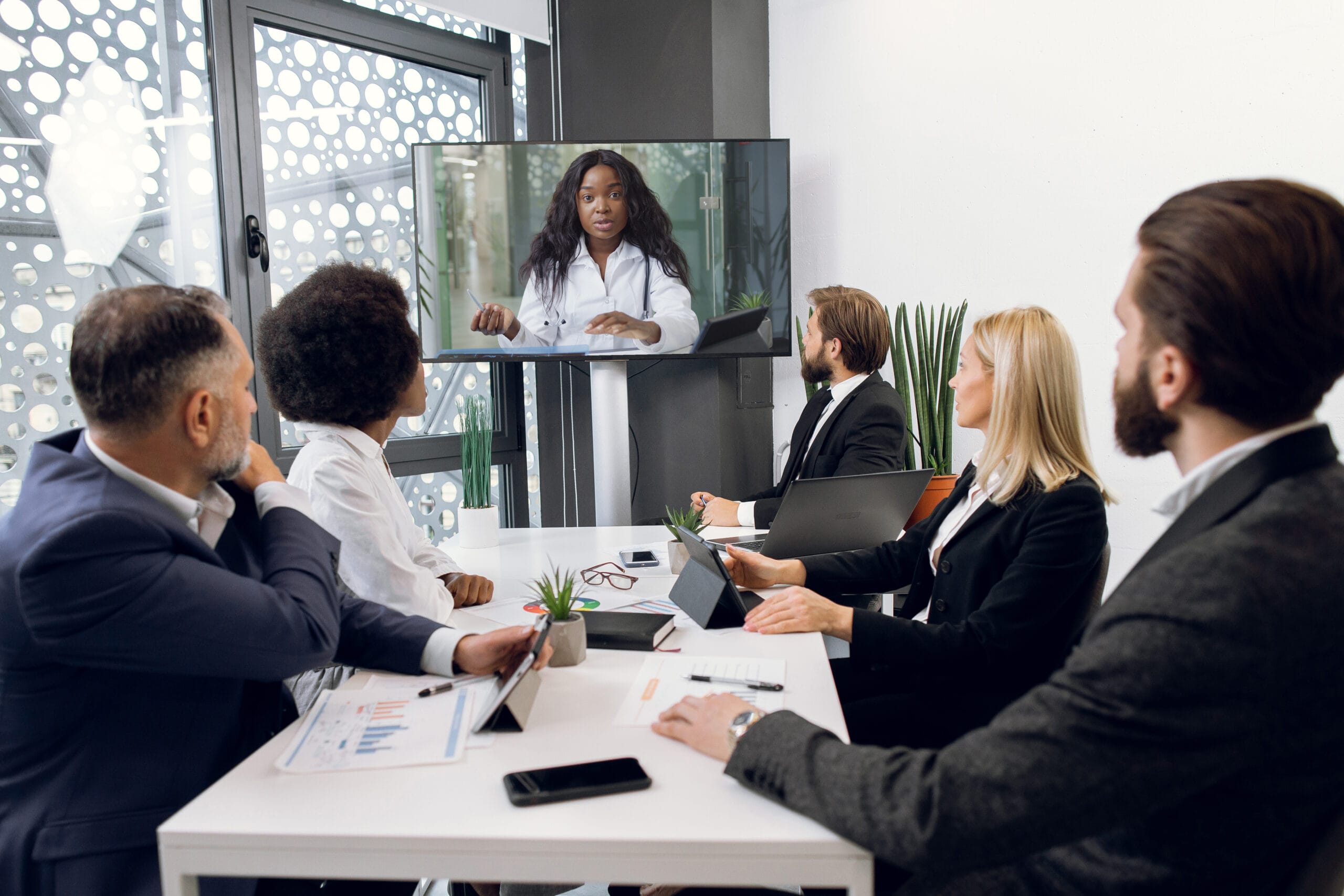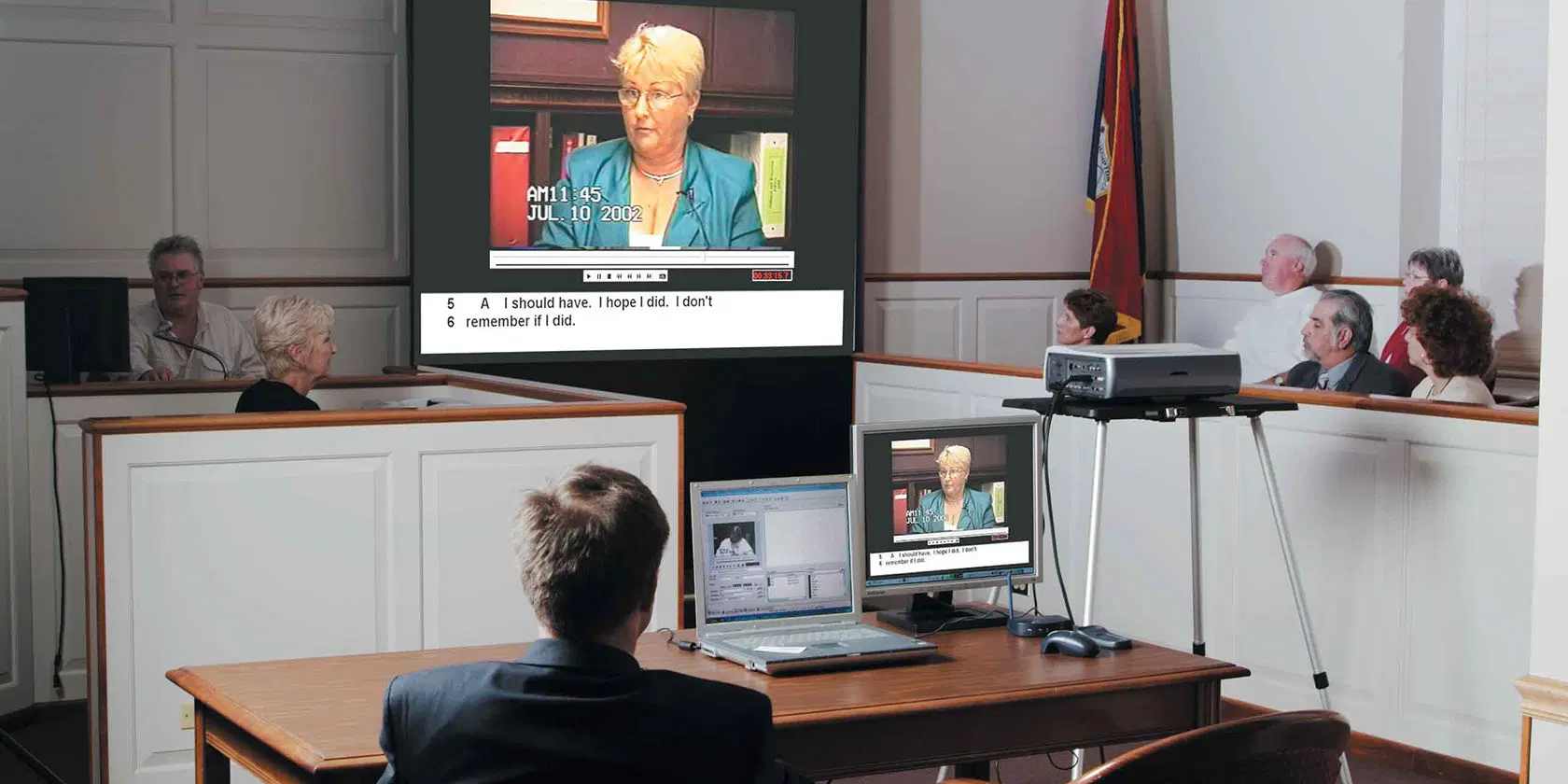How Trial Presentations Enhance Your Argument and Encourage Jurors
Trial discussions serve as a crucial device for improving legal disagreements and persuading jurors. The critical use of visuals not just clarifies intricate information however also catches jurors' attention more successfully than words alone.

Relevance of Aesthetic Aids
Aesthetic aids play an important role in boosting the efficiency of test discussions, as they can considerably increase target market engagement and retention of details. In the context of a trial, where jurors are tasked with handling complex details, visual help offer to simplify and clarify vital points. Charts, charts, and images can share data and principles that may or else overwhelm or puzzle jurors, allowing for a much more straightforward understanding of the evidence offered.
Additionally, aesthetic aids aid in maintaining juror focus throughout the process. By breaking the dullness of spoken testimony, these devices can stress important disagreements, making them more memorable. Reliable visual help can also evoke emotional feedbacks, which can be essential in persuading jurors to straighten with the speaker's narrative.

Crafting Compelling Narratives
An engaging narrative is important in test presentations, as it functions as the foundation of effective persuasion. It enables lawyers to weave with each other facts, proof, and psychological elements into a meaningful tale that resonates with jurors. This narrative structure allows jurors to recognize the complexities of the situation while assisting them via the attorney's argument.
To craft an engaging story, lawyers need to focus on clarity and coherence. Additionally, the usage of vivid descriptions can create mental images that aid jurors picture the occasions, making the story a lot more unforgettable.
Additionally, integrating essential themes throughout the presentation reinforces the core message and help in retention - trial presentations. The story must not just communicate details but additionally stimulate a sense of justice, highlighting the stakes involved. Inevitably, a sound story promotes a connection in between the jurors and the instance, placing the attorney's argument as both legitimate and engaging, thus enhancing the possibility of a favorable judgment

Involving the Jury Psychologically
Efficient jury involvement hinges on the lawyer's ability to connect with jurors on a psychological level. This link can substantially impact jurors' assumptions and their supreme decision-making. Utilizing emotional appeals enables attorneys to humanize the situation, transforming abstract legal concepts right into relatable experiences. By presenting real-life tales or reviews, attorneys can stimulate empathy and concern, fostering a much deeper understanding of the issues at stake.
Visual help, such as pictures or videos, can additionally enhance emotional involvement, providing jurors with brilliant depictions of the case's human elements. Crafting a story that highlights the struggles and victories of the individuals entailed guarantees that jurors see beyond the lawful disagreements and acknowledge the human effects of their choices.
Moreover, tone and body language play a critical role in visit our website conveying emotion. An attorney's passionate shipment can resonate with jurors, strengthening their psychological investment in get more the situation. It's necessary to stabilize psychological allures with valid proof, ensuring that jurors feel compelled to act while remaining grounded in the truth. Ultimately, an emotionally engaged jury is more likely to be encouraged, making psychological link an essential part of effective test discussions.
Structuring Your Presentation

The body of the presentation should be practically fractional into bottom lines, each supported by compelling proof. It is advantageous to make use of narration techniques to weave realities into a story that jurors can quickly follow. Aesthetic aids, such as graphes and videos, can boost comprehension and involvement, helping to highlight critical pieces of evidence.
Real-World Situation Studies
Taking a look at real-world situation researches supplies important understandings into the art of trial discussions and persuasion. As an example, the spots case of "O.J. Simpson v. The People of visite site The golden state" illustrates how visual help and compelling stories can sway court assumptions. The defense team properly utilized an approach that combined prominent specialist testimonies with multimedia presentations, which mesmerized jurors and inevitably influenced their decision.
One more significant instance is the "McDonald's Coffee Situation," where the complainant's lawyers utilized visuals images of the injuries suffered by Stella Liebeck. trial presentations. This plain aesthetic proof played an essential function in sharing the severity of her burns, leading to a significant jury award. Such instances show that impactful test discussions usually pivot on the effective assimilation of visuals and narration to stimulate psychological actions from jurors
Moreover, the "Casey Anthony Test" highlighted the relevance of narrative comprehensibility and credibility. The prosecution's failure to establish a compelling timeline diminished their influential power, emphasizing the need of a well-structured presentation. Evaluating these cases discloses that effective trial presentations require strategic preparation, emotional engagement, and the capacity to reverberate with jurors' worths and ideas.
Final Thought
Test presentations substantially enhance disagreements and persuade jurors with the strategic use of aesthetic aids, compelling stories, and emotional involvement. A well-structured presentation balances psychological appeals with accurate proof, ultimately resonating with jurors' worths.